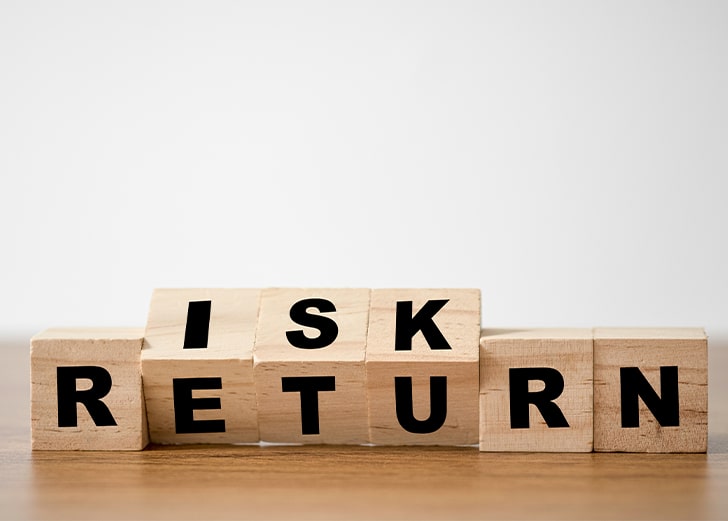When it comes to investments, risk and reward often go hand-in-hand. While some investments have a higher risk than others, there’s no such thing as a no-risk strategy. Understanding your investment risk tolerance, also known as your comfort level with investment volatility, is extremely helpful for determining the proper asset allocation for you.
What is Risk Tolerance?
Determining an investment strategy requires looking at several factors, and risk tolerance is a crucial consideration. Failure to take stock of your willingness to deal with uncertainty can cost you big time. Working with a financial advisor can help you accurately determine how conservative or aggressive your plans should be, but the following questions can help you get started.
- How much money are you comfortable losing?
- Do you find yourself anxious when the market declines?
- How often do you check your existing investments?
With those answers in mind, you can start to determine your tolerance level and align it with your investment goals.
Categorizing Risk Levels
At the most basic level, an aggressive investor has a higher risk tolerance and is comfortable with the possibility of losing money for the potential to gain a higher return. In general, younger people with longer-term goals, who can wait out downturns and fluctuations in the market are usually better suited to take on a higher amount of risk.
On the other hand, more conservative investors often have short-term financial goals that can’t wait out market volatility. Instead, they may benefit from a more predictable rate of return with lower risk, even if that also means lower reward.
Many investors will fall somewhere between the two. For instance, some long-term investors don’t take an aggressive approach because of the financial (or even emotional) impacts of market fluctuations. Similarly, those with a higher net worth and risk tolerance may partake in short-term investments that align with their higher risk capacity.
Managing Investment Risk Tolerance
Once you have a good idea of where your individual risk tolerance falls, you can start determining appropriate asset allocation for your portfolio. As you plan out your investment decisions, look at typical performance for different diversification strategies. Doing so can help you avoid emotional distress in a market downturn.
Typically, a conservative portfolio will include more bonds, cash, and fixed assets. However, a more aggressive portfolio usually includes equities, exchange-traded funds (ETFs), mutual funds, and stock market investments. Of course, many find themselves somewhere in the middle and seek out an investment portfolio that combines lower-risk securities with dividend-paying growth funds.
While there are financial planning questionnaires that can help you start determining your risk tolerance, it’s often best to work with a professional. Finding the right financial advisor can be overwhelming. If you’re looking for investment management in Lancaster, OH, consider getting in contact with the fiduciaries at Royal Oak Financial Group. We believe in taking your goals, financial situation, time horizon, and comfort level with investing into account to help you create a plan that works for you. Get in touch today to get started!



